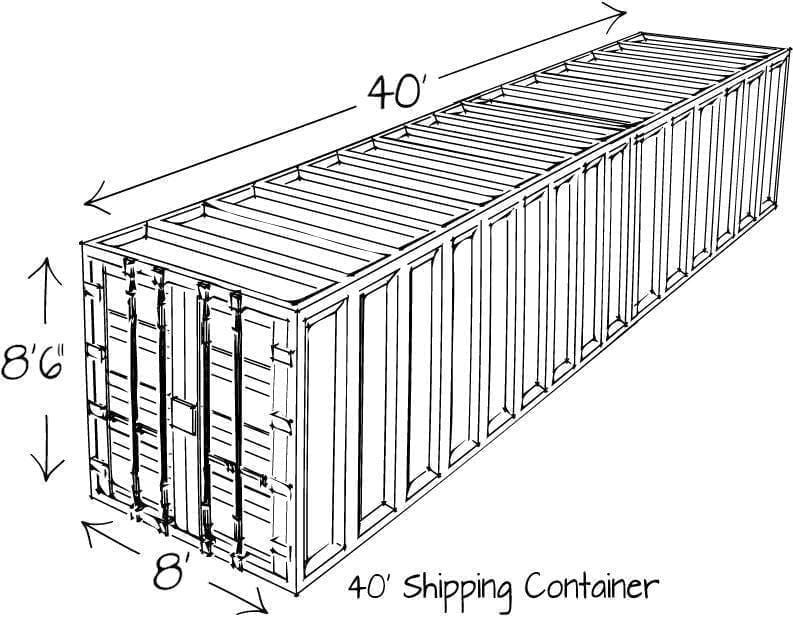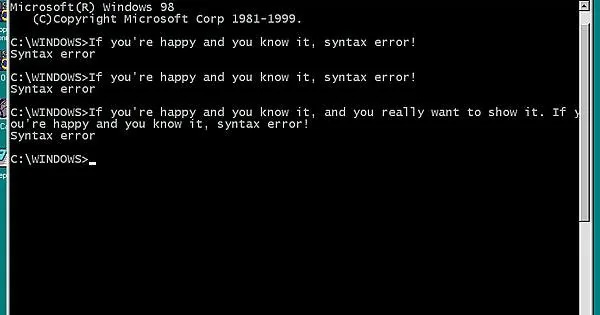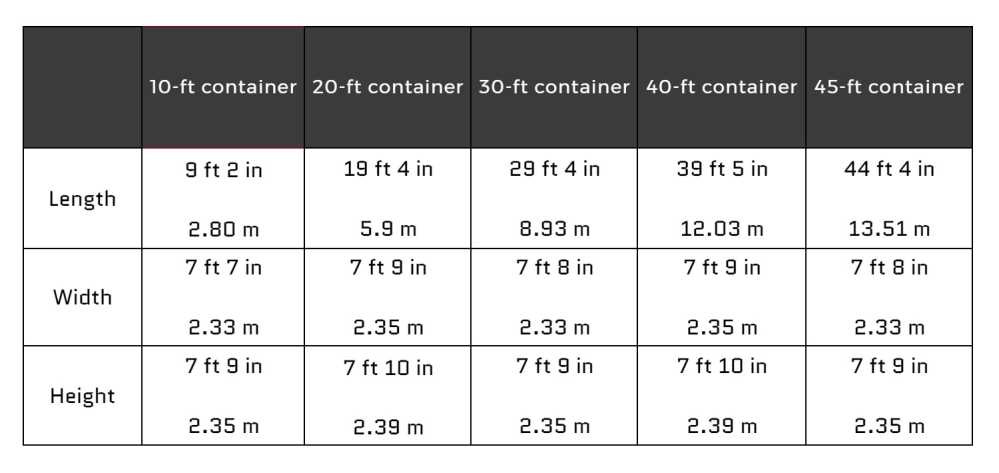Containment as one dimensionality
sketching out 'the goods way of life' in our collective existence, and through three senses Marcuse gives in One Dimensional Man
To contain is to convey. To hold while sending. To keep-while-awaiting arrival. To store until ‘its time has come’.
We all await our containment, and the container keeps all our stuff safely secreted, all there and all okay until we choose to unwrap and open it.
~
We have been living through an era of global consumption, conveyed by the container,
and so
all consumption comes in the wake of containment
and so
global consumption is global containment
Free shipping, next day delivery, unboxing – this is the fulfilment (of our) society, if we are lucky enough to remain (contained by) it.
And yet
so much cannot be contained (even mother failed to contain me)
many containers pour, crack, and shatter
boxes burst and get lost in the drink all the time
hermetic seals turn porous; water ingresses, milk and meaning leaks away
~

Marcuse’s one dimensionality is about integration through containment.
Marcuse was writing from the world built by peerlessly victorious postwar America, the fateful model of the affluent society1, where the Lonely Crowd lived, mostly unaware and heedless of Auden’s Age of Anxiety.
(Is it thoughtlessness when so much that has been warned of is unheeded?)
In 1955, when Marcuse published Eros and Civilisation, the lonely crowd of the affluent society subsisted in a brave new world of canned soup and canned music, H bombs and tail fins, Fender guitars and B-52s, ringed by new highways, new shopping malls, new suburbia, new paranoia, new colonial wars. It was a world in which ‘terror assimilated with normality, and destructiveness with construction, assimilated with a new ease’ (102).
A decade on in ‘65, when One Dimensional Man was published, Marcuse more clearly and directly asserted a critical theory of society’s lost dimensions, of depth and breadth annihilated by the ceaseless delivery of an indeterminate duration. In *this society*, As Kellner contends, “One-Dimensional Man should... be read as a theory of the containment of social contradictions, forces of negation, and possibilities of liberation that exist but are suppressed” (xxxiii). One dimensionality is containment through integration, integration through containment, using systems in which “[t]he ideology is embodied in the process of production itself”, (194).
One Dimensional Man nominated containment as the general societal condition of postwar American (or North Atlantic, ‘Western’) existence, as well as a collective plight imposed by the ‘Western world’ on the ‘third world’ as the war’s victorious model. We often look back at mid 60s critiques of the affluent society as if to say – ‘yes, but: it’s not like that anymore’. No, of course, not: global logistics is far more intensive, extensive and effective than it was in those days. The system is twice the size it was2, and so, so much more precise and efficient. Moreover, our dependency on it is profound.
Ours is a global society living the dialectic between containment and unboxing, rather than capital and labour3. This is what conveys One Dimensional Man to our doorstep. We live in the age of Pandora, not Aquarius – and the Age of Unboxing has no counterculture, it is flat packed, delivered by labour that has no existence to avatars of capital – the lucky ones who work for the 1%ers – who have nothing but their own nullity and loneliness and another two hour Zoom meeting to attend. This is our success.
Ours to live in: the domination of the box, which is to be boxed in by boxes4. The hoarder is just an acute individual instance of a person rigidly trapped in a maladaptive self state, but one that emulates a general world condition in which we keep trying to solve extraction and consumption – the too much of too much stuff – through storage, then ultimately choking on our own stuff, and can’t stop, and don’t want to, don’t know how, don’t see a way out.
It's a dark picture of the world, but like Baudrillard’s, it now seems to me to be a latter day empiricism. And I don’t offer any solutions to one dimensionality, either. I’m not sure if we can escape this5. But one thing is certain: until we have its measure, we have no idea what our desire for freedom and a different and better world is being contained by.
~
The post now continues with a rough sketch of three senses of containment that Marcuse works up in One Dimensional Man.
~
Marcuse conveyed three senses of containment in One Dimensional Man: the first was background, the second was means, the third a world of depthless ends, the planetisation of res extensa without shared history or inner depth.
1 background: postwar, Cold War
For his Cold War audience, Marcuse was piggybacking off the pervasive ambient sense of containment that his literate Anglophone audience were lucky to survive. One Dimensionality was asserted against the fear of the Domino Effect and the hair trigger anxiety of Duck and Cover, by people who had white goods, penicillin, cheap gasoline for the V8.
For just a moment, it’s worth counterpoising it against all the seeming and so-called aspects of The End of History I explored in the previous post. Personally, however, I would date the inception of one dimensionality as the technical fact of global logistics – from the early 70s.
For Kennan in 1947, the US’ strategy toward the USSR “must be that of a long-term, patient but firm and vigilant containment of Russian expansive tendencies.” Kennan’s iteration of containment, which framed the postwar era in which Marcuse was writing, was about containment as a countering the expansion of the Other, an expansion held to be relentless and unstoppable without shrewd tactics and a strategy of superior firepower.
As voiced by Kennan, containment was a counter, the “adroit and vigilant application of counter-force at a series of constantly shifting geographical and political points, corresponding to the shifts and maneuvers of Soviet policy.” Containment was an avowed counter-pressure against the irrepressible expansivity of the planetary-scale stop-at-nothing ambition of the ruthless Soviet Other, a splitting projection that conveniently disavowed the extraordinary expansivity and strategically successful domination through armed violence of the Wild West – the Anglo geopolitics that Hitler had been so envious of, then vanquished by.
(America has always had a hardly unique but still astonishing astonishing ability to disavow its own expansivity and aggression, before projecting it onto an Other – who must then be destroyed, through expansive aggression that can be disavowed both as expansion and aggression, as a ‘defence’ of ‘freedom’. There are many other bad actors who have learned this, not just as a playbook, but as a way to feel about the world and themselves, about ‘our involvement in this terrible attack we are suffering’.)
One Dimensional Man was published in 1965. This was only twenty years after the bunker death of Hitler, yet already seventeen years after Kennan, yet only three years after the planetary ‘close run thing’ of the Cuban Missile Crisis, but already nine years after Khrushchev apocryphally declared ‘we will bury you!’, one of the 20C’s great avowals of containment.
“We will put you in a fucking box and cover you with fucking soil.”
Too bad Khrushchev never quite said it, but it doesn’t matter: it was the era’s id speaking – from both sides. There was a dramatic geopolitical wish for containment on the level of continental populations, threat of bombs to keep ‘em in their boxes, threaten them with their boxes. Annihilation was the horizon of Cold War containment; Mutually Assured Boxing.
2) operationalism: the theory and practice of containment/ ways toward one dimensionality
‘Kennanian’ containment and the Cold War have to be read as Marcuse’s socio-historical background and still coherent ‘era’. To these eyes, One Dimensional Man reads like a ‘65 clarification of the more Protean mid 50s thoughts still congealing in Eros and Civilisation. Yet the mid 60s were importantly distinct, and Marcuse did presciently clock some of the distinctions in the two senses of containment that comprise the explicit foreground of One Dimensional Man: operationalism, and social change.
Operationalism is the means, containment of social change is the end(s).
Operationalism, “in theory and practice, becomes the theory and practice of containment” (x). This is the circling of a circular logic, which I sketch as follows.
As quoted before, Marcuse was noticing how ‘[t]he ideology is embodied in the process of production itself, (194).
With containerised shipping, the circle is squared (or, really, rectangled, not quite ‘cubed’) this is simply, literally, technically 1:1 true: containerisation was-and-is literally and figuratively the globalisation of containment as the triumph of calculation, efficiency, means-ends rationality, and instrumental reason. And it has been a total planetary victory, unopposed by any of the emerging ideological bloc: Russia and China have their own internets, but they all bow down before the 40’ shipping container. TEU is lord and measure of the world, the key to the city. This is something so obvious 99% of us have missed it. In a sense then, we need think no further, simply contemplate a container port in operation; (do!) spend time with Alan Sekula’s Fish Story, watch The Forgotten Space.
Marcuse gets into the weeds with operationalism, tilts against philosophers like later Wittgenstein, gives Austin a good kicking6 (as many others, like Derrida, have enjoyed). Heinously, to me, he completely misses cybernetics7. The important thing to grasp in a blogsworth of paragraph is that operationalism is a closed operation. Operationalism is the closure of open thinking; it is the antithesis of open thinking; it is a technicity that can only manipulate its terms on its own terms.
For Marcuse, the closure of language into the technical terms of functions (in a world of functions, manipulated by technical terms) is a foreclosure of thinking tout court, a closure to imagination, a nulling of associational, dialectical, critical, emancipatory potentiality. A world dominated by operationalism cannot recognise other modes of thought, cannot imagine other ways of being, can only other the manifold logics different to that which dominates the present. Moreover, a hallmark of operationalism is an insistence that this logic is logic, and that all others are illogical and unreasonable (or are beyond cognisance as logics and reasons). Importantly, operationalism is a harnessable logic that is really capable of enframing the whole world, of moving boxes (of whatever) precisely from anywhere to anywhere, anyone to anyone. Operationalism is a logic that is capable of transforming people and thoughts into boxes, operation by operation8, then moving them precisely from anywhere to anywhere, anyone to anyone. To the conduct of conduct is posed the operation of operations. Emancipation and unhappiness here are syntax errors.

3) one dimensionality as emergent effect: leading to the lost dimensions of imagination and emancipation, and the containment of social change...
One Dimensionality was the critical ‘horizon’ of Marcuse’s 60s society, whose nth point was the null experience of a world without depth, of unspecified-null length, only extension. We could spend a hundred years a shipping container (or Morrison’s eighth briefing, see note below), and this would be a difference that made no difference. One Dimensionality is a nullity we can expire in, and aspire to9.
In this sense, containment is an absorption of ideology into reality that also absorbs reality by subduing it: not Orwell’s ‘boot stamping on a human face forever’, but noise cancelling headphones for the whole future of human freedom, and only the eighth briefing available as audio (clearly audible), until the package arrives.
Here, we sidle up to an insistence on systems-level effects, on the whole of containment, on containment as a whole-of-society depthlessness that does nothing other and nothing but deliver the goods – without obstacle, without impediment, without opposition. It is all we have together. And we must keep having.
In light of the word count, let me dismount with a long block quote. If this doesn’t contain you, consider the goods I’ve placed below; these ones are not clickable.
“The productive apparatus and the goods and services which it produces ‘sell’ or impose the social system as a whole. The means of mass transportation and communication, the commodities of lodging, food, and clothing, the irresistible output of the entertainment and information industry carry with them prescribed attitudes and habits, certain intellectual and emotional reactions which bind the consumers more or less pleasantly to the producers and, through the latter, to the whole. The products indoctrinate and manipulate; they promote a false consciousness which is immune against its falsehood. And as these beneficial products become available to more individuals in more social classes, the indoctrination they carry ceases to be publicity; it becomes a way of life. It is a good way of life – much better than before – and as a good way of life, it militates against qualitative change. Thus emerges a pattern of one-dimensional thought and behaviour in which ideas, aspirations, and objectives that, by their content, transcend the established universe of discourse and action are either repelled or reduced to terms of this universe. They are redefined by the rationality of the given system and of its quantitative extension (13-14, italics in original).
I’m referring to Galbraith’s book, which was exceptionally influential, and percolates through Marcuse’s background, as well as a lot of the late 60s, early 70s Baudrillard that (very intentionally) resonates in sympathy with Marcuse’s points explored here.
Very roughly speaking! According to an UNCTAD figure used my Matthews and Chillel, global circulation is roughly four times what it was fifty years ago – a time in which the global population was roughly half what it was. Thus the system has kinda doubled in size.
Notwithstanding the extraordinary amount of labour it takes to make and build and keep it all humming, and the vast accumulations of capital that have heaped up and squirted forth since Marcuse’s time.
In this frame, it’s interesting to not not only the banal ‘architectural’ repurposing of shipping containers last decade especially, but the way that builders down the Mornington Peninsula (where Melbourne’s rich have their weekenders) have emulated the box-on-box style of architects from 10-15 years ago, making so many people’s getaways a matter of driving down a freeway in a bubble-like smartphone (or Tonka truck) on wheels, and then getting boxed in a box. On purpose.
And the moment we do, we will have exited into a problem set that is about food and energy and survival, where the stuff we were so invested in will just be dreckage in the background, a world where bicycles and jars and fresh water are precious, but where spare parts are rare, jars smash, and the water is contaminated.
As in Eros...., when Marcuse insists on putting on his philosopher’s hat, he is more self important, less convincing, less relevant beyond himself. We can read a much more persuasive and elegant phrasing of the same set of tendencies in Baudrillard’s System of Objects, should we wish.
One Dimensional Man is an Austin pile on with no Weiner. It took until Habermas and above all Luhmann for critical theory to really clock cybernetics and make it do its work. I also wonder if Heinz-Von Forster and Marcuse bumped into each other at parties or the beach in San Diego; wild.
Scott Morrison’s eight briefing of Operation Sovereign Borders, from 2013, gives us the most distilled example of operationalism’s effects on language and thinking that I have yet come across. I wish I could send it to Marcuse as a letter in a bottle, if it could be contained-conveyed (beyond the box):
JOURNALIST: Minister, this is an issue of great public interest, and where the boat goes – the plight of these people is part of that. Why can’t you be more forthcoming?
SCOTT MORRISON: Because that would go to our conduct of on-water operations, and I, and the Commander, are not going to put our operations at risk through a public commentary on those operations. Now, when we announced before the election... that we were going to put in place Operation Sovereign Borders. It would be a military-led, border security operation. That has significant implications for how matters under such an operation are handled in the public sphere.
Now, I was quizzed during the election campaign about these sorts of communication issues, and I was very up-front about it. So Operation Sovereign Borders, and the way information is being managed under Operation Sovereign Borders is as the Coalition represented it to the Australian people during the last election. And I have been pleased with the reaction I have had from people as I have moved around Australia, about the effectiveness of this operation, and the fact that we are just getting on with the job.
After a short digression onto international relations between Australia and Indonesia, the following:
JOURNALIST: So when this particular overnight operation is over, will you explain the full story to us?
SCOTT MORRISON: Well again, I will go into as much detail as would not compromise any of our on-water and ongoing operations.
We have been crystal clear about that in all of our eight briefings. So you’ve have had eight briefings on this issue, and we have made the rules about how we convey information on these operational matters, I think, crystal clear. And we will continue to conduct ourselves that way.
JOURNALIST: So you will tell us where the boat goes?
SCOTT MORRISON: Well I have given my answer to that question.
In The System of Objects, just a few years later in ‘68, Baudrillard explored how, as a modern home, it could also be a functional space we could aspire in, an address we could have gadgets and gizmos sent to, a place to house a couch to scroll on as the devastation of the world unspools at a muted distance.




